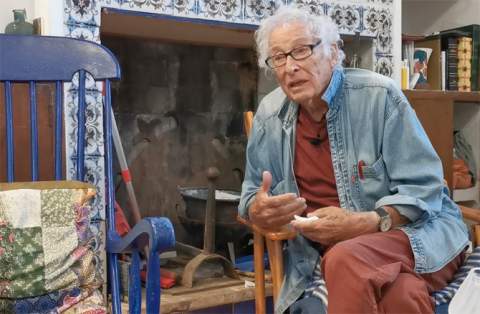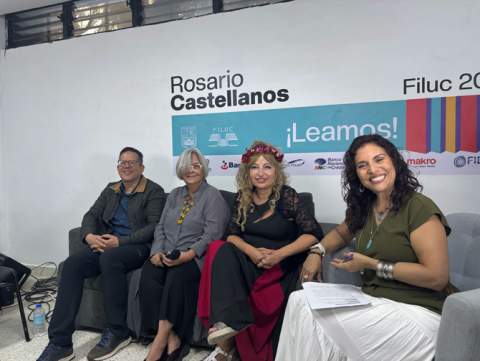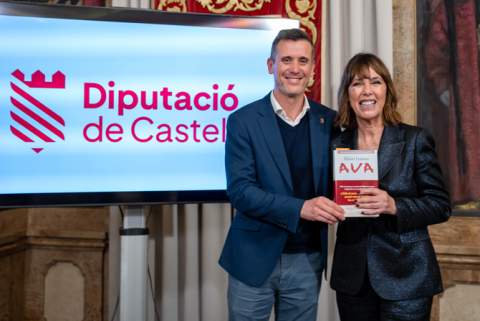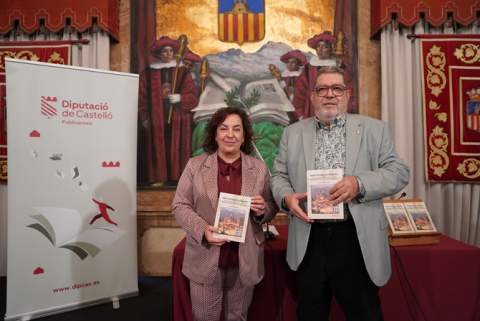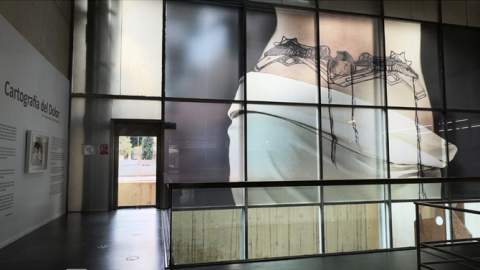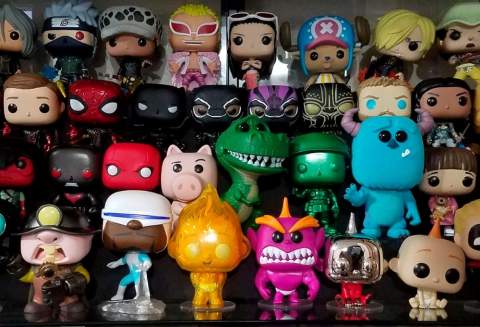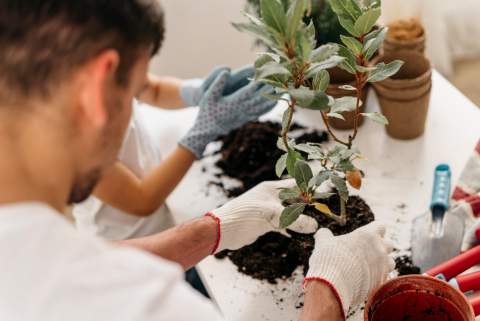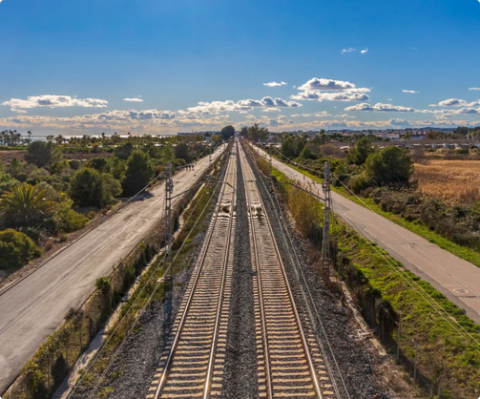The Red Cross and the Fundación Oceanografic organised a demonstration on the Romana Beach in Alcossebre to show what action to take in the event of there being stranded turtles and cetaceans on the beach
They wanted to make bathers aware of how to react correctly in this type of situation, reporting it immediately via 112
 Experts from the Fundación Oceanográfic explained the protocols to take into account if you find a cetacean in shallow waters or stranded on the beach, and what to do in the event that you come across a marine turtle which is injured, sick or laying its eggs, all in a didactic way and aimed at young children.
Experts from the Fundación Oceanográfic explained the protocols to take into account if you find a cetacean in shallow waters or stranded on the beach, and what to do in the event that you come across a marine turtle which is injured, sick or laying its eggs, all in a didactic way and aimed at young children.
The campaign is calling for people’s cooperation, and therefore staff from the Red Cross had been trained previously so that they know how to treat this sort of case, notifying the marine species rescue service via 112.
It was also explained to people on the beach, particularly the very young, that it is important not to touch the animal too much, to prevent any possible stress, and to dig under the flippers on both sides so that they are not under excessive pressure, keeping the animal hydrated with a wet towel, but not pouring water over it or covering its blow hole, for dolphins, because this is where the marine mammals breathe.
 As the Oceanográfic expert said, sadly these cetaceans which arrive on the beaches are injured, disorientated and in the majority of cases, dying, so that there is little which can be done to save their lives. However, it is extremely important to be able to take samples of tissue, should they die, so that the illnesses suffered by these species in the Mediterranean can be investigated.
As the Oceanográfic expert said, sadly these cetaceans which arrive on the beaches are injured, disorientated and in the majority of cases, dying, so that there is little which can be done to save their lives. However, it is extremely important to be able to take samples of tissue, should they die, so that the illnesses suffered by these species in the Mediterranean can be investigated.
With regard to marine turtles, which are currently an endangered species, bathers on the Alcossebre Romana Beach learned that this is a species which always lives in the sea, so that the only time during its life when it returns to the land is when the females are going to lay their eggs on the beach, something which happens between June and September. If you find a turtle on the beach during the night, the main thing is to notify 112, do not annoy the animal and let it continue with the natural process of laying its eggs, do not stop it returning to the sea and do not touch the eggs which will be left buried in the sand, but it is important to mark the exact spot where they are by putting something light, like a bag, there. When they arrive, the experts will check the mother, should they arrive before she re-enters the water, and will take charge of the eggs which they will transfer to the ARCA at the Oceanográfic, where some will be put in an incubator and the rest will be deposited in a controlled natural beach where they will continue their incubation.
Services councillor, José Ángel Traver, and Tourism councillor, Alejandra Roca, from the Alcala-Alcossebre Council, accompanied the local chairman of the Red Cross, Esther Fuster, at the presentation of the campaign, together with the Oceanográfic staff.
The event in Alcossebre was the first in Castellón province to promote awareness of this, and will be repeated in different places along the coast in the Valencian Community.
 Experts from the Fundación Oceanográfic explained the protocols to take into account if you find a cetacean in shallow waters or stranded on the beach, and what to do in the event that you come across a marine turtle which is injured, sick or laying its eggs, all in a didactic way and aimed at young children.
Experts from the Fundación Oceanográfic explained the protocols to take into account if you find a cetacean in shallow waters or stranded on the beach, and what to do in the event that you come across a marine turtle which is injured, sick or laying its eggs, all in a didactic way and aimed at young children.
The campaign is calling for people’s cooperation, and therefore staff from the Red Cross had been trained previously so that they know how to treat this sort of case, notifying the marine species rescue service via 112.
It was also explained to people on the beach, particularly the very young, that it is important not to touch the animal too much, to prevent any possible stress, and to dig under the flippers on both sides so that they are not under excessive pressure, keeping the animal hydrated with a wet towel, but not pouring water over it or covering its blow hole, for dolphins, because this is where the marine mammals breathe.
 As the Oceanográfic expert said, sadly these cetaceans which arrive on the beaches are injured, disorientated and in the majority of cases, dying, so that there is little which can be done to save their lives. However, it is extremely important to be able to take samples of tissue, should they die, so that the illnesses suffered by these species in the Mediterranean can be investigated.
As the Oceanográfic expert said, sadly these cetaceans which arrive on the beaches are injured, disorientated and in the majority of cases, dying, so that there is little which can be done to save their lives. However, it is extremely important to be able to take samples of tissue, should they die, so that the illnesses suffered by these species in the Mediterranean can be investigated.
With regard to marine turtles, which are currently an endangered species, bathers on the Alcossebre Romana Beach learned that this is a species which always lives in the sea, so that the only time during its life when it returns to the land is when the females are going to lay their eggs on the beach, something which happens between June and September. If you find a turtle on the beach during the night, the main thing is to notify 112, do not annoy the animal and let it continue with the natural process of laying its eggs, do not stop it returning to the sea and do not touch the eggs which will be left buried in the sand, but it is important to mark the exact spot where they are by putting something light, like a bag, there. When they arrive, the experts will check the mother, should they arrive before she re-enters the water, and will take charge of the eggs which they will transfer to the ARCA at the Oceanográfic, where some will be put in an incubator and the rest will be deposited in a controlled natural beach where they will continue their incubation.
Services councillor, José Ángel Traver, and Tourism councillor, Alejandra Roca, from the Alcala-Alcossebre Council, accompanied the local chairman of the Red Cross, Esther Fuster, at the presentation of the campaign, together with the Oceanográfic staff.
The event in Alcossebre was the first in Castellón province to promote awareness of this, and will be repeated in different places along the coast in the Valencian Community.



